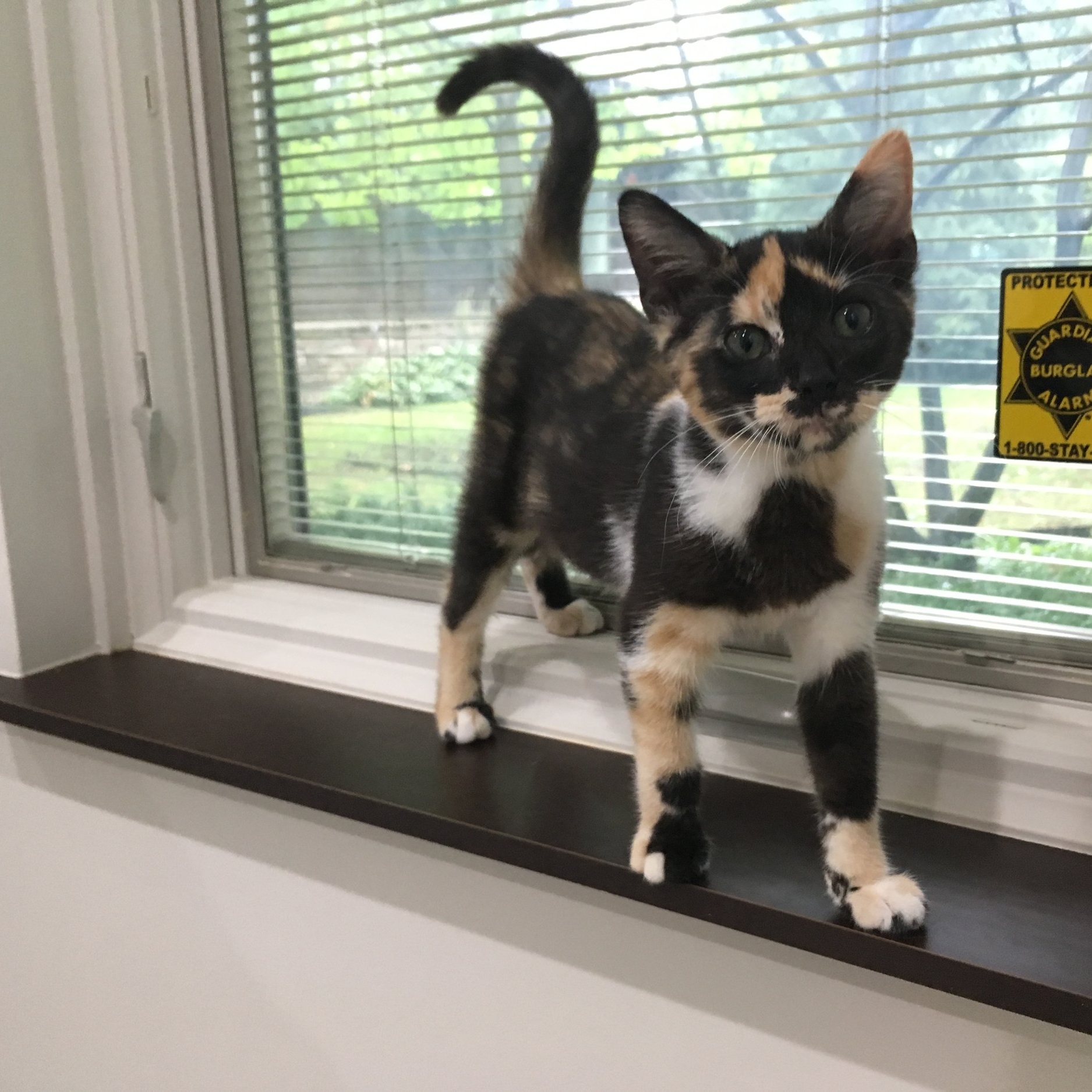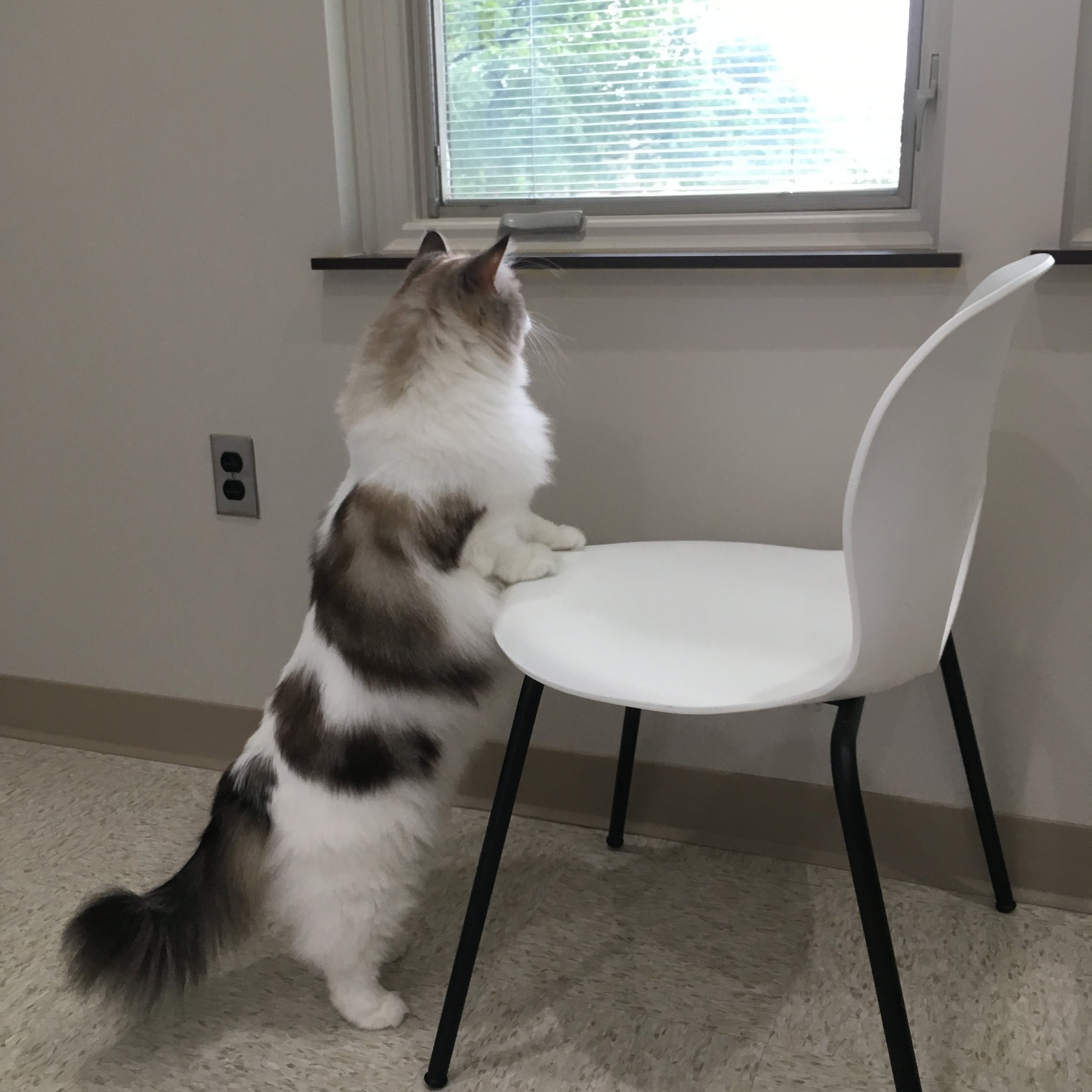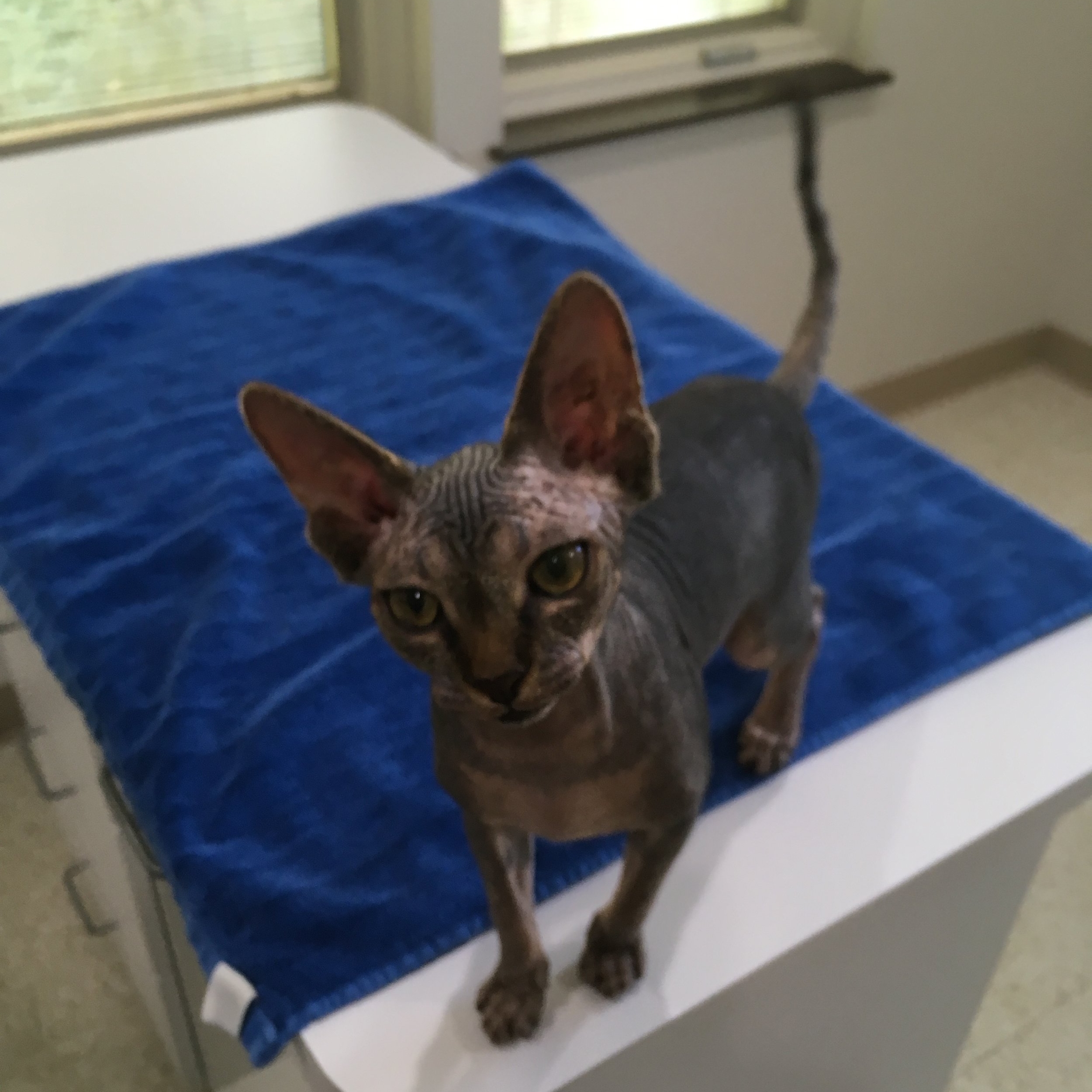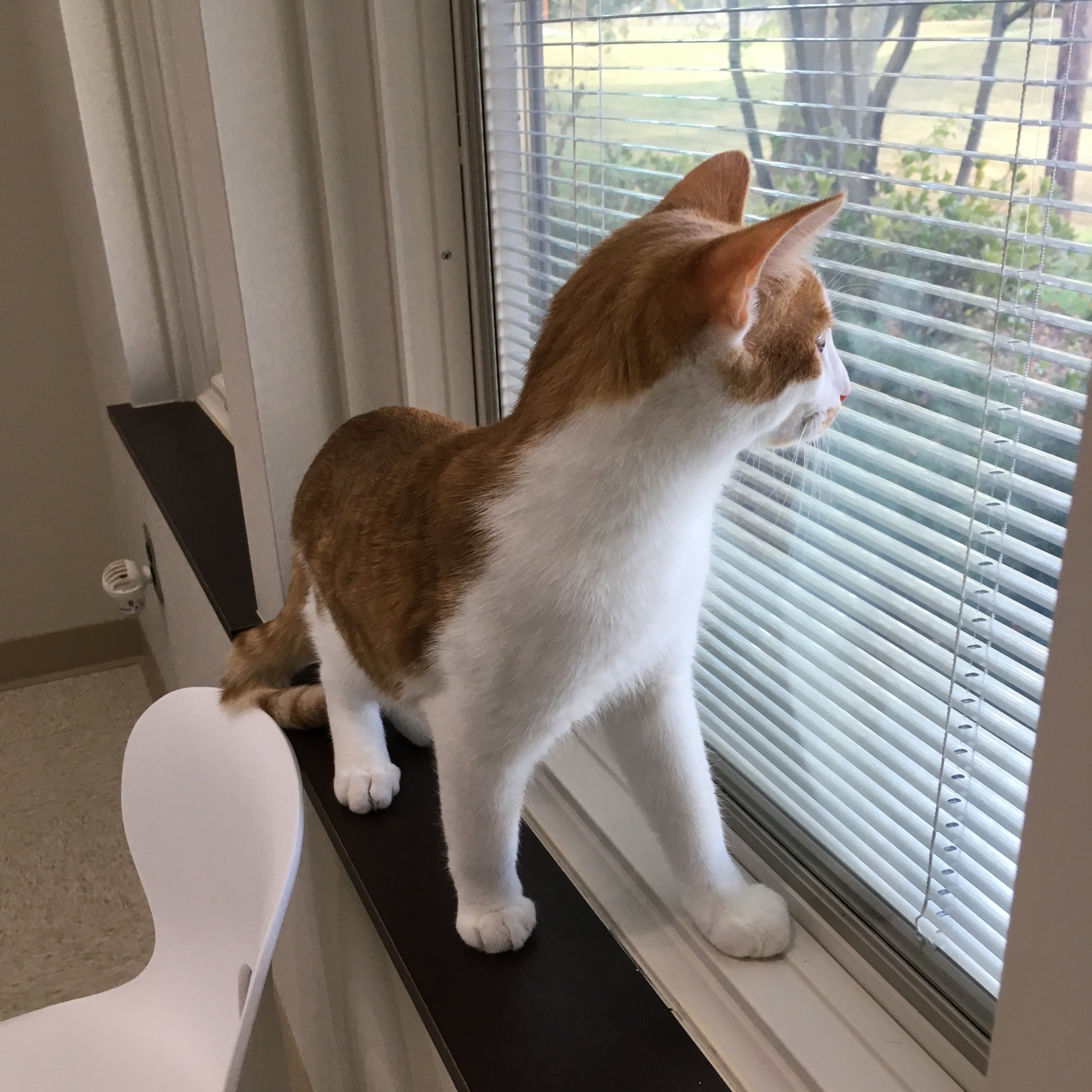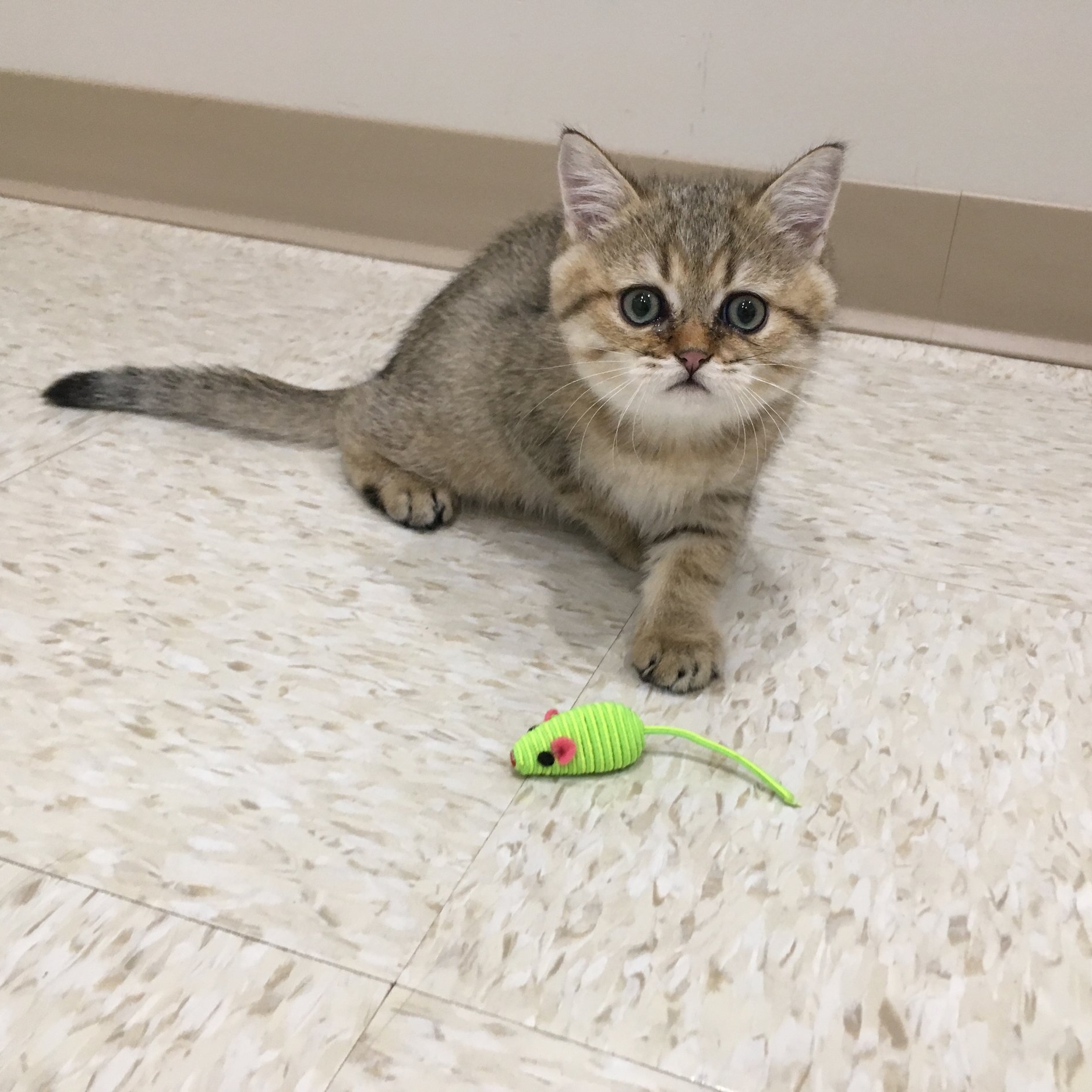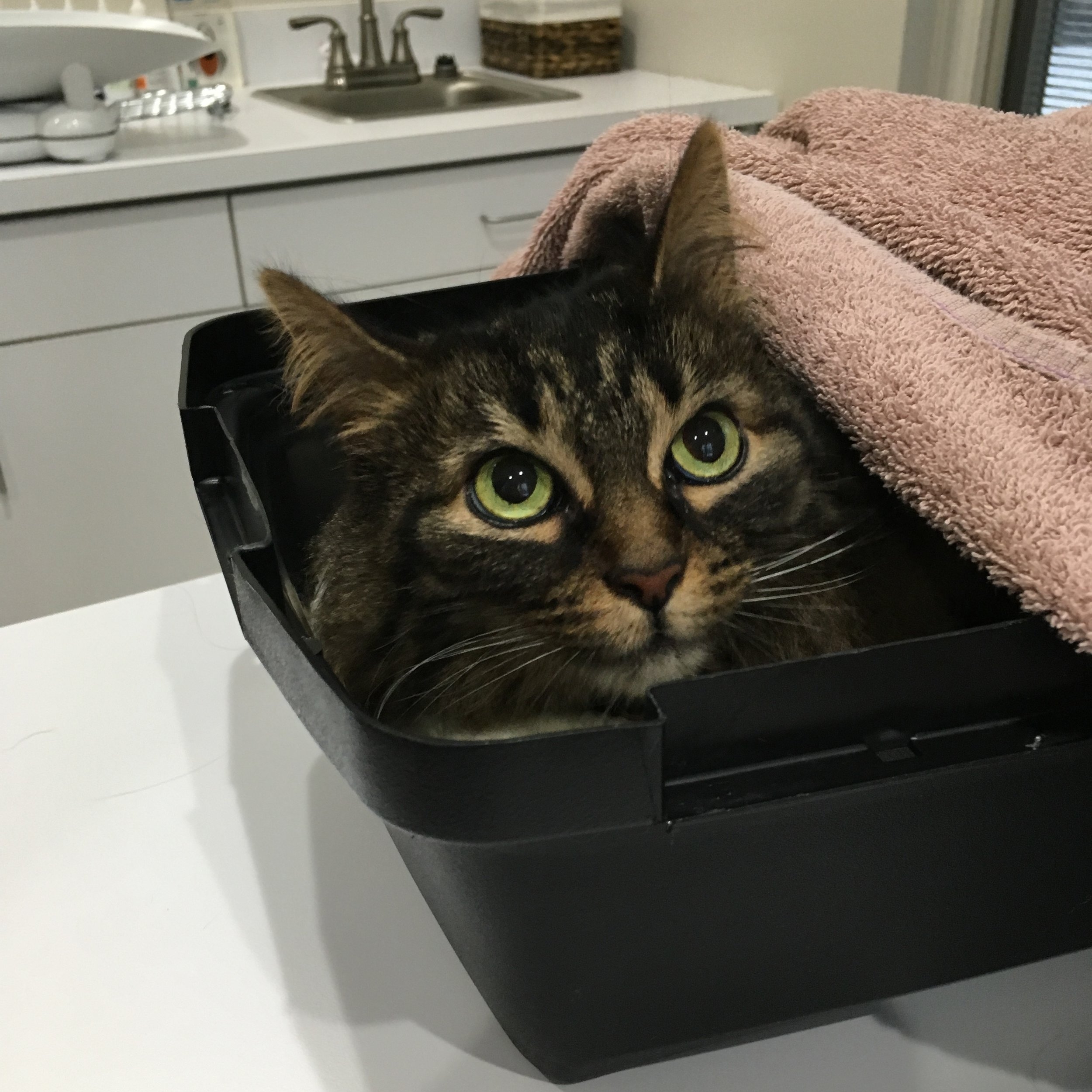The fourth of July is just around the corner and while we enjoy all of the parties, fireworks, and sparklers, many of our pets do not. Noise aversion is a serious medical condition that affects approximately one third of dogs in the U.S. Common signs of noise aversion include pacing, decreased appetite, hiding, panting, cowering, trembling, vocalizing, and lip licking. Dogs with noise aversion are often affected most by fireworks, thunderstorms, traffic and street noise, and construction work.
WVH is happy to help by prescribing a product called Sileo, for your pets with noise aversion. Sileo was the first FDA-approved treatment for noise aversion for dogs that is fast-acting, safe, and you can use it as needed for each noise event. This product calms your dog without sedating them so that they can continue to interact normally with your family. It is a gel medication that is absorbed in the mucous membranes of the mouth, making it easy to give - even to dogs who don't like taking medication.
Call our office to find out if Sileo is the right choice for your pet!


